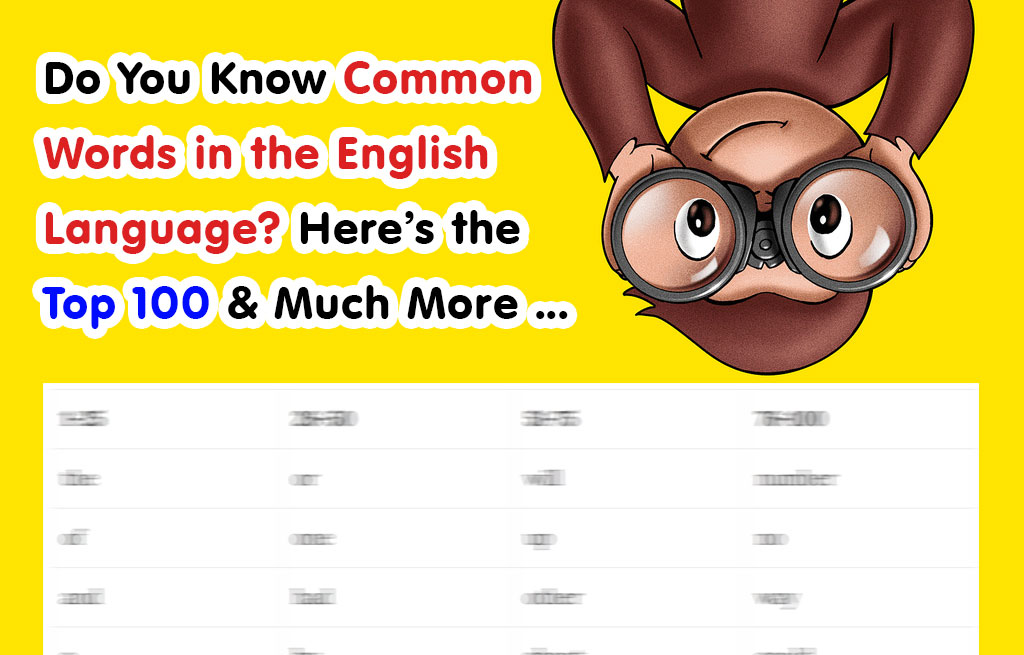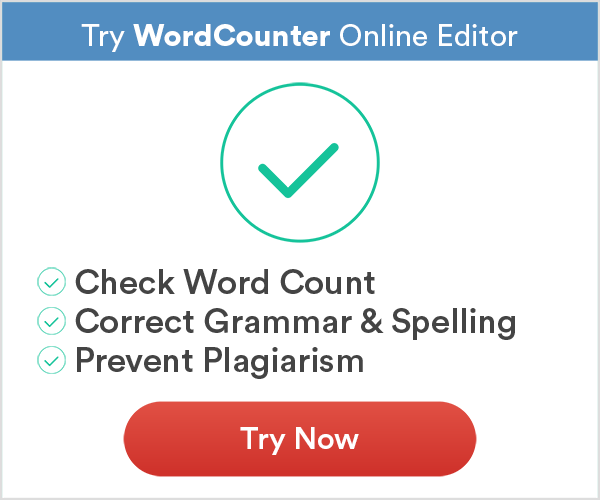Most Commonly Used Words in the English Language

Reading and spelling can be difficult for children and adults learning the English language. How can the letters “ph” or “gh” when placed together make the same sound as the letter f? Are you telling me that when “eigh” is grouped together, it makes a long “a” sound? What kind of witchcraft is this? Kids and adults are left scratching their heads when being taught how to read, write, and spell using the English language.
For those of us that are a bit older and have gone through school already, we just know these things. We don’t give it a second thought. But someone just learning English and trying to figure out how to read and spell it, it can be very tough. Hieroglyphics might actually be easier! Deciphering the symbols inside the pyramids could be a simpler task!
Dolch List/Fry Words
Edward William Dolch (1889-1961) was a man that tried to make the English language a bit easier to read and understand. He wanted to improve upon how reading was taught, so he created a list of frequently used sight words. Sight words are words that people should know just by sight alone, without having to sound them out.
Years later, Dr. Edward B. Fry thought that the Dolch list needed to be updated a bit. So Dr. Fry pushed Edward Dolch aside and created his Fry words. Fry words are basically a more modern version of the Dolch list. The first 100 words on the list are used so commonly that they make up 50 percent of all text. That means that 50 percent of everything that you read uses just these 100 words. It does not matter how difficult the text, half of it will consist of just these first 100 Fry words. You can see how this list would come in handy for children and adults learning how to spell and read.
Dr. Fry new he was on to a good thing, so he stepped it up a bit more. Next, he created a Fry list that consisted of a thousand words. These thousand words are so regularly used that they actually make up 90 percent of all written material. Books, websites, magazines, or newspapers! If someone knows how to read and spell these thousand words, then they have accomplished a real literacy achievement.
What Are the Top 100 Words
When you think of commonly used words, most of them are only two to five letters long. Many need to be learned as sight words because there is no way to try sounding them out correctly. One word that is on the list is the. In fact, that is probably the word used most often in the English language. And it is one that gives those learning to read and spell quite a fit in the beginning. It is a total sight word that just needs to be learned through repetition.
Some of the other very frequently used words are: I, of, and, is, you, to, as, are, and in. Finding out the rest of Fry’s sight words is not too difficult. With the following list you can quickly take steps in making anyone learning English a better reader and writer.
| 1-25 | 26-50 | 51-75 | 76-100 |
| the | or | will | number |
| of | one | up | no |
| and | had | other | way |
| a | by | about | could |
| to | words | out | people |
| in | but | many | my |
| is | not | then | than |
| you | what | them | first |
| that | all | these | water |
| it | were | so | been |
| he | we | some | called |
| was | when | her | who |
| for | your | would | oil |
| on | can | make | sit |
| are | said | like | now |
| as | there | him | find |
| with | use | into | long |
| his | an | time | down |
| they | each | has | day |
| I | which | look | did |
| at | she | two | get |
| be | do | more | come |
| this | how | write | made |
| have | their | go | may |
| from | if | see | part |
How Do You Teach These Words?
This is where people struggle a bit. Some parents get so frustrated with trying to teach their child how to read, they just give up and leave it up to the child’s teacher to do. The key is for nobody to get overwhelmed with frustration while learning these frequently used words, least of all the one who is doing the learning. When someone faces such exasperation in learning how to do something, many times they will quit and give up. We don’t want that to happen at all.
How do you teach these words to a struggling reader or writer? You are in luck! I am actually a certified Reading Specialist. This is my specialty. There are research-based strategies and activities that will make learning these words easier for everyone. Sticking with research-based strategies is an intelligent thing to do because these have all been proven to work by professionals.
It is important for someone learning the most commonly used words that a couple different strategies is used for both their reading and spelling. Of course we would use flash cards with sight words and incorporate them into activities, but we also need something more than that. Using a systematic and sequential phonics and decoding program would provide those learning English the skills needed to break apart letters and sounds.
Flash Cards
You do not want to take the first one hundred all at once and run through them as fast as you can with a person learning them for the first time. This will overwhelm them and make them feel inadequate. It will actually slow down the learning experience. Try working with only ten words at a time. Once they master those ten, move on to the next ten, but keep on incorporating the first ten words in as well. You can keep on doing this until you are all the way finished with Fry’s first one hundred words, and then begin on the second hundred.
Make learning these words a fun activity or game for the kid or struggling adult. You can use sight words in almost any game you can think of. You could provide a spinner and whatever number the person lands on, they then must correctly read that number of words. Using a timer is a fun way to learn as well for a kid. Check and see how fast they can go through all ten words correctly without missing any. If you are working with more than one struggling reader, then have them compete against one another. Flip over the word and whoever says it first will get the card. Competition is a good thing. It makes people strive to become better at something than they currently are.
Phonics and Decoding
Saying that someone needs a research-based systematic and sequential phonics and decoding program is quite a mouthful. Just hearing that might make someone run the other way. It sounds a bit scientific and difficult. However, those are million dollar words for quite an easy concept. Don’t let the technical jargon scare you away.
A systematic and sequential phonics and decoding program just means that the lessons all proceed in a particular order. Each lesson will be building off the last lesson. There are usually enough lessons to last an entire year for each grade level. The first lesson might only have five letters to work with. Place these actual letters on the table for the person learning to manipulate. Create words just using these five letters. These are commonly used words. They must also write everything down on an organized paper with boxes for each word.
At the end of the lesson, they are to take all the words that they just learned and try writing sentences with them. This is helping them with not only sight words, but also with sounding out more difficult words. They will be decoding words like a pro in no time!
The most commonly used words in the English language may be quite simple for most to spell and read, but to children just learning and foreigners arriving from other countries, it can be a nightmare. It is always best to start with the ones that are used most frequently. They are shorter and will be easier to learn. After awhile, whoever is struggling will soon become a master!


This is pretty easy. (in my opinion.) But i have to say this to everyone….
HI!!!!!!!!!!
Exellent teaching!
Thanks for info!